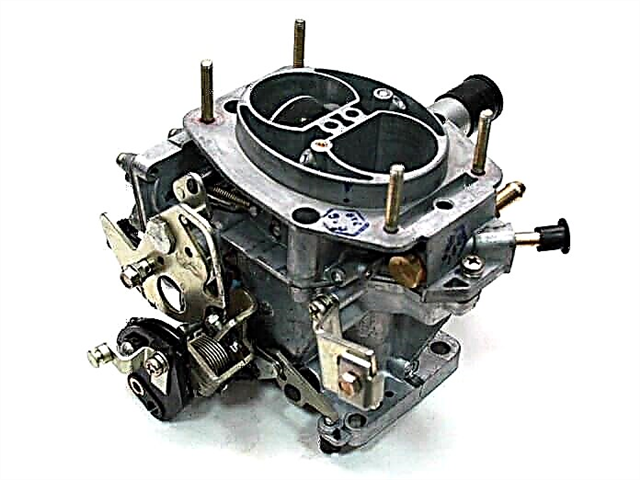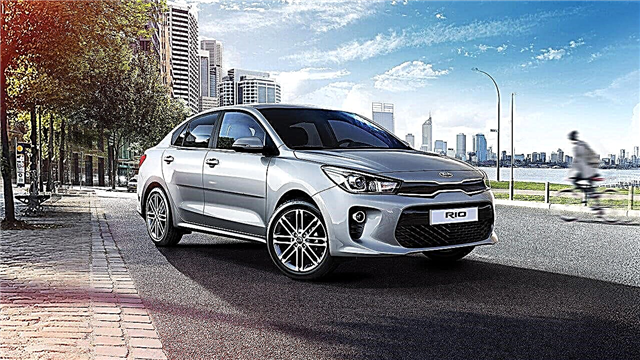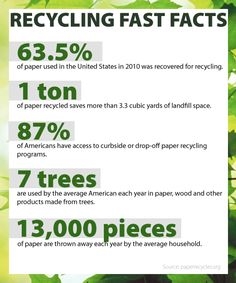Winter is one of the most unloved seasons for many motorists. Snow and ice on the roads, the need to “change shoes” in winter tires - all this does not make life easier. And if you immediately give the engine great speed in the cold, then everything can become even worse - engine wear will increase and, as a result, you can get on expensive repairs. The reverse situation is also possible when the car does not start in severe frost due to thickened oil and a dead battery. To avoid this, we’ll show you the top 10 effective ways, how to start the car in the cold.
10. Waste electrical consumers - down
 When your engine is cold, it needs more battery power than when it warms up. Turn off the climate control, radio and other devices that are currently unnecessary, consuming electricity while starting the engine to provide more power directly to the starter. Do not worry, you can turn them on again as soon as the engine starts.
When your engine is cold, it needs more battery power than when it warms up. Turn off the climate control, radio and other devices that are currently unnecessary, consuming electricity while starting the engine to provide more power directly to the starter. Do not worry, you can turn them on again as soon as the engine starts.
9. When 10 seconds is enough
 In the cold season, the oil in the engine and gearbox becomes thicker, and the motor needs more effort to overcome this resistance. And chemical reactions inside the battery occur more slowly when it is cold. Therefore, the starter has less energy to start the engine, and this makes the engine rotate more slowly. It’s a little more difficult to bring a machine box into frost than mechanics.
In the cold season, the oil in the engine and gearbox becomes thicker, and the motor needs more effort to overcome this resistance. And chemical reactions inside the battery occur more slowly when it is cold. Therefore, the starter has less energy to start the engine, and this makes the engine rotate more slowly. It’s a little more difficult to bring a machine box into frost than mechanics.
- If you have a manual gearbox, you should first squeeze the clutch.
- When you turn on the engine, it should start within a couple of seconds.
- If this does not happen, make sure that you do not start the car for more than ten seconds. Otherwise, starter overheating may occur.
- After 10 seconds, let the starter rest for a minute, and then try again.
8. How to start the injector in the cold
 A fuel injection engine (also called an injection engine) distributes fuel into the cylinders during start-up. Pressing the gas pedal while the engine is spinning will cause it to “flood”. That is, excess fuel will begin to “fill” the spark plugs, and they cannot ignite the fuel in the cylinders.
A fuel injection engine (also called an injection engine) distributes fuel into the cylinders during start-up. Pressing the gas pedal while the engine is spinning will cause it to “flood”. That is, excess fuel will begin to “fill” the spark plugs, and they cannot ignite the fuel in the cylinders.
If you accidentally pressed the accelerator and your engine “flooded”, try pressing the accelerator pedal to the floor, and then spin the engine for a few seconds.
When the pedal reaches the floor, the car computer reduces the fuel supply, allowing excess fuel to exit the engine. Then try to start the engine again.
There is another way: if your engine is flooded, leave the car for a while (usually 20-30 minutes) alone, and the candles will dry. Then try to start the engine again.
7. Warm me up, master
 Some vehicles may be equipped with an engine pre-heater. What makes this device clear from its name. The heater is especially recommended if you want to start the diesel engine in severe frost.
Some vehicles may be equipped with an engine pre-heater. What makes this device clear from its name. The heater is especially recommended if you want to start the diesel engine in severe frost.
It’s best to plug it in at least 60-90 minutes before your trip or the night before if you know that it will be cold in the morning. Be sure to disconnect the engine preheater before driving.
6. If the generator is not ale
 If you bought a good battery that went through a rigorous selection of Za Rule experts, and it quickly discharges in the cold, then the problem is probably in the alternator. This is an electric device that charges the battery with the engine running.
If you bought a good battery that went through a rigorous selection of Za Rule experts, and it quickly discharges in the cold, then the problem is probably in the alternator. This is an electric device that charges the battery with the engine running.
Symptoms of a problem:
- If you start the car and the engine stalls immediately, this indicates a faulty generator.
- This is also indicated by the flickering of headlights and dashboard lights, and even a burning smell penetrating the interior if the generator has recently overheated.
Solutions:
- The generator is connected to the battery and engine, so if you are not a qualified mechanic, replacing it is a job that is best left to professionals.
- If you are an experienced car owner and you can fix the faulty generator yourself, then this work will take about two hours. The hardest part is finding the right parts.
5. Yes, he has the wrong oil!
 If your oil has too much viscosity, you will not be able to start the machine at low temperatures. Low viscosity, on the other hand, means that the engine components will not be adequately protected, resulting in premature wear.
If your oil has too much viscosity, you will not be able to start the machine at low temperatures. Low viscosity, on the other hand, means that the engine components will not be adequately protected, resulting in premature wear.
- Check your car manual to find out what type of oil the manufacturer recommends. Usually it is 10W30 or 5W40, and the first number (followed by the letter “W” from the word Winter - winter) denotes the viscosity of the oil in cold weather.
- The lower the number, the lower the viscosity of the oil.
- For cars operating in very cold conditions, even 0W oil is available.
4. And if the whole thing is in the carburetor?
 If your car is old enough, it most likely has a carburetor. This is the engine power system assembly that controls the mixture of fuel and air to be fed into the engine cylinders. The carburetor is especially vulnerable to icing. If the carburetor nozzles are clogged with ice, the engine of the machine may not start.
If your car is old enough, it most likely has a carburetor. This is the engine power system assembly that controls the mixture of fuel and air to be fed into the engine cylinders. The carburetor is especially vulnerable to icing. If the carburetor nozzles are clogged with ice, the engine of the machine may not start.
How to start a car with a carburetor in the cold:
- Keeping your left foot on the clutch, try to carefully press the accelerator pedal.
- This will allow a small amount of fuel to be injected in order to extend a helping hand to the engine.
Modern cars with injection engines are not affected by this problem.
3. When the starter does not start
 The starter does exactly what you expect; It uses battery power to drive the vehicle’s power unit.
The starter does exactly what you expect; It uses battery power to drive the vehicle’s power unit.
The most obvious sign of a starter breakdown is the sound of a click when you turn the ignition key, after which the engine refuses to spin and start.
- If all the headlights and the car electrician are working properly and the car is not driving, this also indicates a problem with the starter and not with the battery.
- Replacing the starter is usually an easy task for a good mechanic. It is not very expensive, and not time consuming (about 1-2 hours).
- A new starter may look different than a new starter. Manufacturers sometimes modify the design of this device.
2. The ball is over, the candles went out
 Another popular tip for driving in the cold is to check your spark plugs. Many motorists forget about them, but in vain. Candles gradually become so dirty that a spark simply cannot “break through” into the ignition chamber. Or they are gradually "poured" with gasoline, which entered the combustion chamber in liquid form, and not as an air mixture.
Another popular tip for driving in the cold is to check your spark plugs. Many motorists forget about them, but in vain. Candles gradually become so dirty that a spark simply cannot “break through” into the ignition chamber. Or they are gradually "poured" with gasoline, which entered the combustion chamber in liquid form, and not as an air mixture.
- If the unscrewed candles smell of gasoline and / or there is a smell of gasoline from the exhaust pipe, cleaning the candles with an ordinary toothbrush and a special cleaning agent will help. Or there is a more radical solution - their replacement.
- If there is no time to clean, do not start the engine for several minutes so that gasoline can drain. Then turn the engine for 10 seconds with the starter, depress the gas pedal all the way so that the cylinders can "air out". And then try to start the car. If the driest cylinders “grab”, the rest will follow.
1. Gasoline and water, to be honest - not a couple
 Unable to start the car in the cold, you can curse anything - from bad karma to the vagaries of the weather. However, the fault may be the poor quality of gasoline.
Unable to start the car in the cold, you can curse anything - from bad karma to the vagaries of the weather. However, the fault may be the poor quality of gasoline.
If higher-quality fuels interfere with lower-quality ones, then this negatively affects the power of the machine, it will travel worse, it will be difficult to start, the motor will shake, and fuel consumption will increase significantly. But if gasoline was mixed with a small amount of ordinary water, then in cold weather it and the condensate will freeze. In the worst case scenario, this can lead to a “untimely death" of the gasoline pump.
Symptoms of a problem:
- If you unscrew the spark plugs, they will be completely dry, or filled with gasoline.
- There is a smell of gasoline from the exhaust pipe, or there is no vapor at all.
Decision:
To make a "cold start" of the car, you can use fuel dehumidifiers (they are only suitable for gasoline engines). If this is not possible, you will have to wait for warming or try to warm the car in the garage. Then you need to drain low-quality gasoline and thoroughly dry and clean all the elements of the fuel system. And use refueling only large networks.












